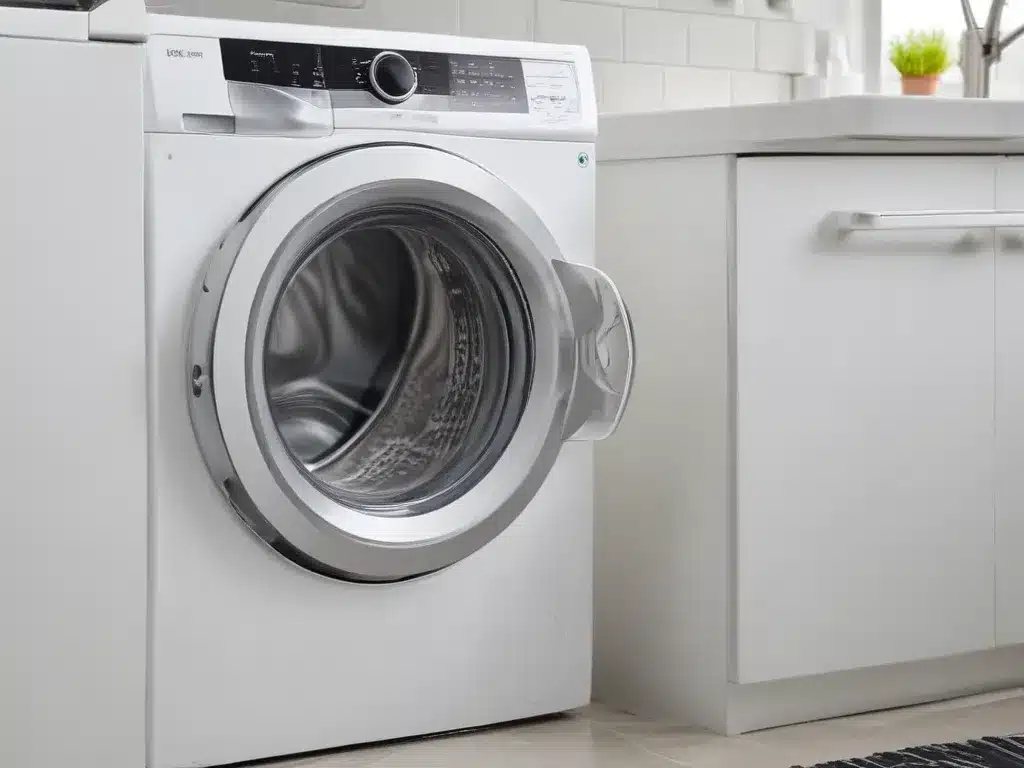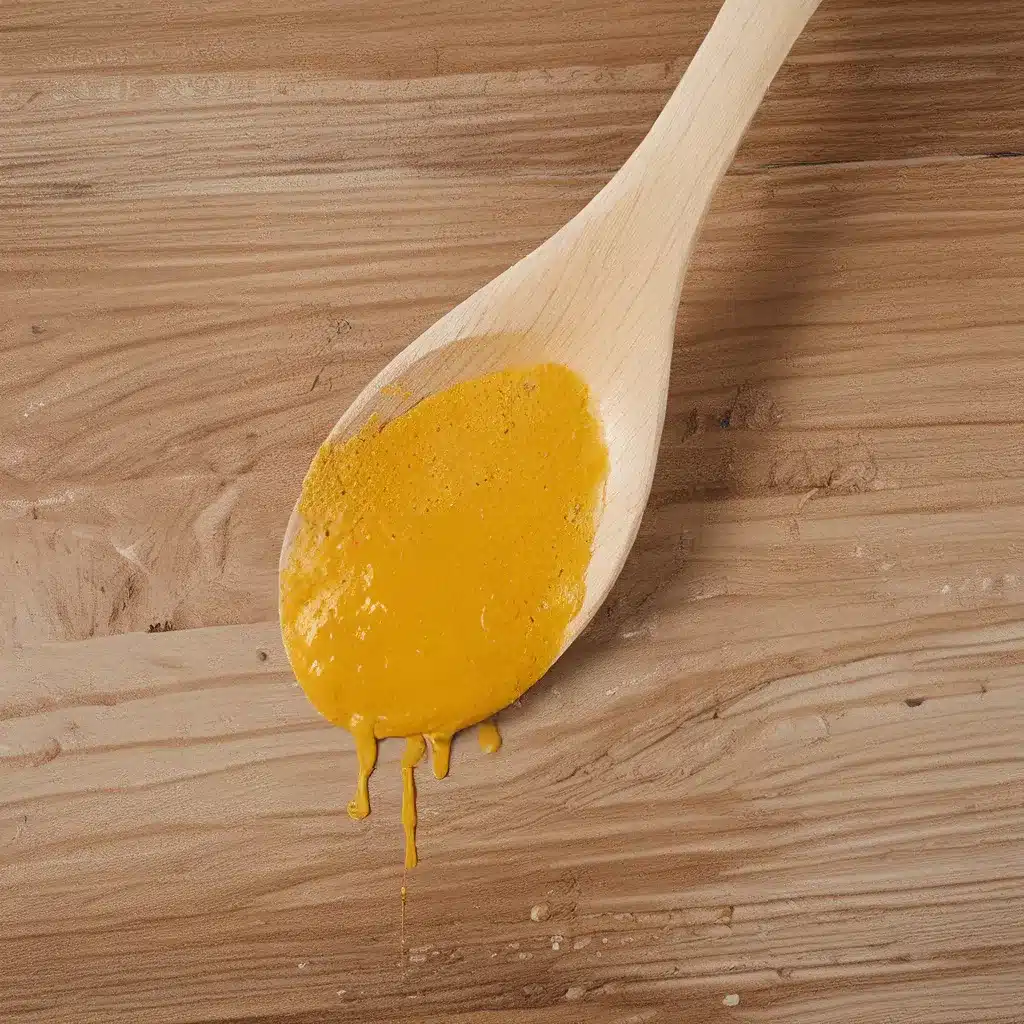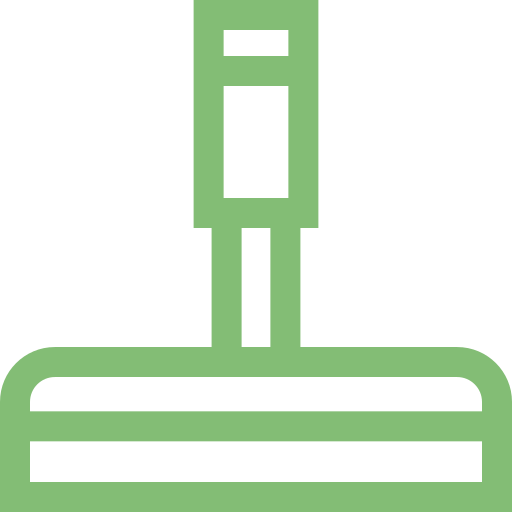Introduction
Have you ever wondered why your clothes sometimes smell musty or stale even after washing them? The culprit could be a dirty washing machine. Over time, residues from detergent, fabric softener, and hard water can accumulate in the tub, drum, and hoses, leading to unpleasant odors and even mold growth. But fear not! You can easily clean and freshen your washing machine with DIY (do-it-yourself) cleaners made from simple household ingredients.
In this article, I will guide you through the process of cleaning your washing machine using natural and affordable DIY cleaners. We will explore different methods, including baking soda, vinegar, and citric acid solutions, and discuss their effectiveness in removing stubborn buildup and eliminating odors. Additionally, I will share tips on maintaining a clean and fresh-smelling washing machine, ensuring that your clothes always come out smelling crisp and clean.
The Importance of Cleaning Your Washing Machine
Regularly cleaning your washing machine is crucial for several reasons:
-
Eliminating Odors: A dirty washing machine can harbor bacteria, mold, and mildew, leading to unpleasant odors that can transfer to your clothes during the wash cycle.
-
Improving Cleaning Performance: Buildup and residues in the machine can reduce its cleaning efficiency, leaving your clothes less fresh and clean.
-
Extending Lifespan: Regular cleaning helps prevent excessive buildup and wear on the machine’s components, prolonging its lifespan.
-
Saving Energy and Money: A well-maintained washing machine operates more efficiently, reducing energy consumption and potentially saving you money on utility bills.
DIY Washing Machine Cleaner: Baking Soda and Vinegar
One of the most effective and inexpensive DIY washing machine cleaners is a combination of baking soda and vinegar. Here’s how you can use it:
Materials Needed:
- Baking soda
- White vinegar
- Optional: Essential oils (e.g., lemon, tea tree, or lavender)
Step-by-Step Guide:
-
Start with a Hot Cycle: Begin by running a hot wash cycle with no clothes in the machine. This will help loosen any buildup and residue.
-
Add Baking Soda: Once the cycle has filled the tub with hot water, pause the cycle and add 1/2 cup of baking soda. Baking soda is a natural deodorizer and mild abrasive, making it effective for cleaning and removing odors.
-
Let It Soak: Allow the baking soda solution to sit and soak for at least 30 minutes. This will give the baking soda time to work on any stubborn buildup or stains.
-
Add Vinegar: After the soaking period, add 1 cup of white vinegar to the tub. Vinegar is a natural acid that can help break down soap scum and hard water deposits.
-
Resume the Cycle: Restart the wash cycle and let it complete the full cycle, allowing the baking soda and vinegar solution to circulate and clean the machine thoroughly.
-
Optional: Add Essential Oils: If you prefer a fresh, natural scent, you can add a few drops of your favorite essential oil to the baking soda or vinegar solution.
-
Wipe Down the Gasket and Dispensers: Once the cycle is complete, use a clean cloth to wipe down the gasket (the rubber seal around the door) and any detergent or fabric softener dispensers. These areas can accumulate residue and mold, so it’s essential to clean them regularly.
DIY Washing Machine Cleaner: Citric Acid
Another effective DIY washing machine cleaner is citric acid, a natural acidic compound found in citrus fruits. Citric acid is excellent for dissolving mineral deposits and removing soap scum, making it an ideal choice for cleaning washing machines.
Materials Needed:
- Citric acid powder or crystals (available in most grocery stores or online)
- Optional: Essential oils (e.g., lemon, orange, or grapefruit)
Step-by-Step Guide:
-
Add Citric Acid: Start by adding 1/2 cup of citric acid powder or crystals directly to the washing machine drum or detergent dispenser.
-
Run a Hot Cycle: Run a hot wash cycle with no clothes in the machine. The hot water will help dissolve and activate the citric acid.
-
Let It Soak (Optional): If your washing machine has a particularly stubborn buildup, you can pause the cycle after it has filled with water and let the citric acid solution soak for 30 minutes to an hour.
-
Resume the Cycle: After the soaking period (if applicable), restart the wash cycle and let it complete.
-
Optional: Add Essential Oils: For a fresh, citrusy scent, you can add a few drops of lemon, orange, or grapefruit essential oil to the citric acid solution.
-
Wipe Down the Gasket and Dispensers: Once the cycle is complete, wipe down the gasket and detergent/fabric softener dispensers with a clean cloth to remove any remaining residue.
Maintaining a Clean and Fresh Washing Machine
While deep cleaning your washing machine with DIY cleaners is essential, there are also some simple steps you can take to maintain its cleanliness and freshness between deep cleans:
-
Leave the Door Open: After each wash cycle, leave the washing machine door open to allow air circulation and prevent moisture buildup, which can lead to mold and mildew growth.
-
Remove Wet Clothes Promptly: Don’t leave wet clothes sitting in the machine for an extended period, as this can contribute to odors and mildew growth.
-
Clean the Gasket Regularly: Use a damp cloth or an old toothbrush to clean the gasket (the rubber seal around the door) once a week or as needed. This area can accumulate lint, hair, and residue, leading to odors and potential mold growth.
-
Use the Right Amount of Detergent: Overusing detergent can lead to excessive buildup and residue in the machine. Always follow the manufacturer’s recommended dosage instructions.
-
Run a Cleaning Cycle Monthly: Even with regular maintenance, it’s a good idea to run a cleaning cycle with a DIY cleaner once a month to keep your washing machine fresh and in top condition.
Comparison: DIY Cleaners vs. Commercial Cleaners
While there are many commercial washing machine cleaners available on the market, DIY cleaners offer several advantages:
| Feature | DIY Cleaners | Commercial Cleaners |
|---|---|---|
| Cost | Inexpensive and made from common household ingredients | Can be more expensive |
| Environmental Impact | Generally more eco-friendly and less harsh chemicals | May contain harsh chemicals or synthetic fragrances |
| Availability | Readily available at home | Need to be purchased separately |
| Customization | Can be customized with essential oils or adjusted for specific needs | Limited customization options |
| Effectiveness | Highly effective for routine cleaning and deodorizing | May be more effective for heavy-duty or specialized cleaning needs |
While commercial cleaners can be convenient and effective for more challenging cleaning tasks, DIY cleaners are an excellent choice for regular maintenance and freshening your washing machine in an affordable and eco-friendly way.
Real-Life Case Study: Sarah’s Experience
To illustrate the effectiveness of DIY washing machine cleaners, let’s hear from Sarah, a busy mom of three who struggled with musty odors in her washing machine:
“I was getting frustrated because no matter how many times I washed my kids’ clothes, they always had a musty smell to them. I tried different detergents and fabric softeners, but nothing seemed to help. A friend suggested trying a DIY washing machine cleaner, and I was skeptical at first, but I decided to give it a try.
I mixed up a solution of baking soda and vinegar, following the instructions in this article. The results were amazing! After running the cleaning cycle, the musty odor was gone, and my machine smelled fresh and clean. I couldn’t believe how well it worked, and the best part was that it only cost me a few cents for the ingredients.
Now, I make it a habit to use a DIY washing machine cleaner once a month, and I’ve noticed a significant improvement in the freshness of my clothes. I also leave the door open after each wash, which has helped prevent any new odors from forming. I’m so glad I discovered this simple and affordable solution!”
Sarah’s experience demonstrates the power of DIY washing machine cleaners and how they can effectively eliminate odors and keep your machine fresh and clean.
Conclusion
Keeping your washing machine clean and fresh is essential for ensuring that your clothes come out smelling their best and extending the lifespan of your appliance. By incorporating DIY cleaners made from simple ingredients like baking soda, vinegar, and citric acid into your cleaning routine, you can save money while also reducing your environmental impact.
Remember, regular maintenance is key. Leave the door open after each wash, remove wet clothes promptly, and run a cleaning cycle with a DIY cleaner at least once a month. With these easy steps, you can say goodbye to musty odors and hello to fresh, clean clothes every time you do laundry.
So, what are you waiting for? Gather your ingredients and give your washing machine a much-needed deep clean with these effective DIY cleaners. Your clothes (and your nose) will thank you!







